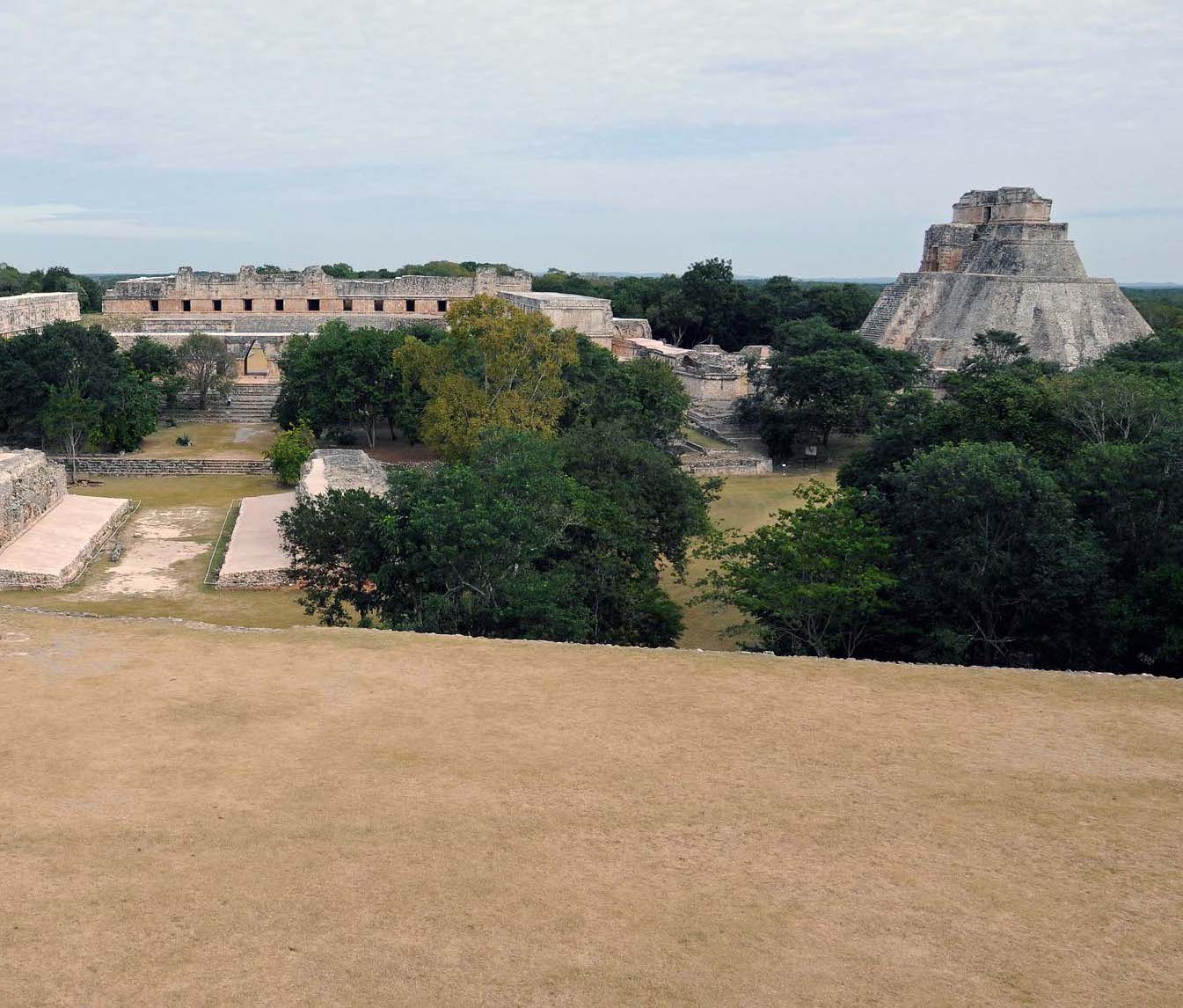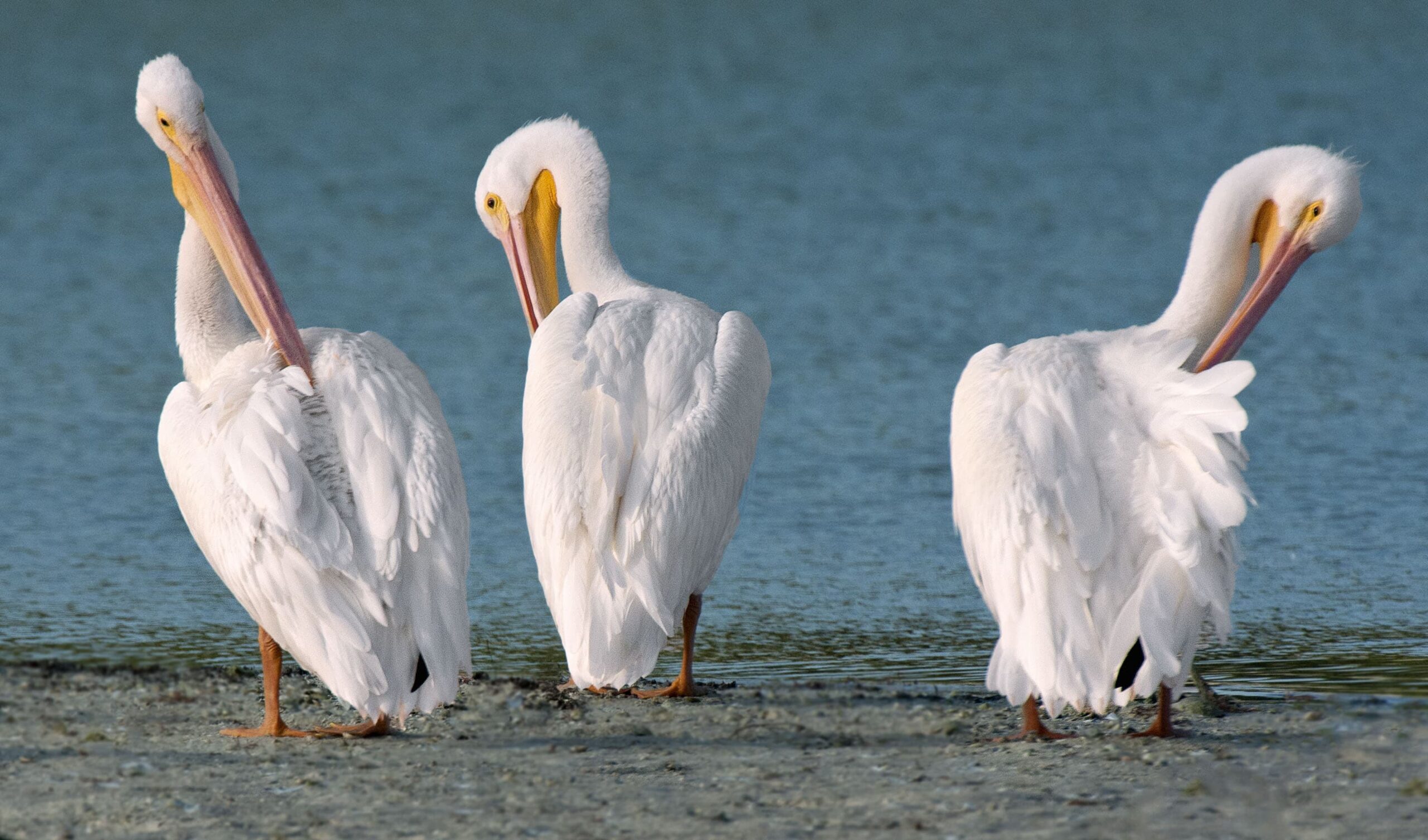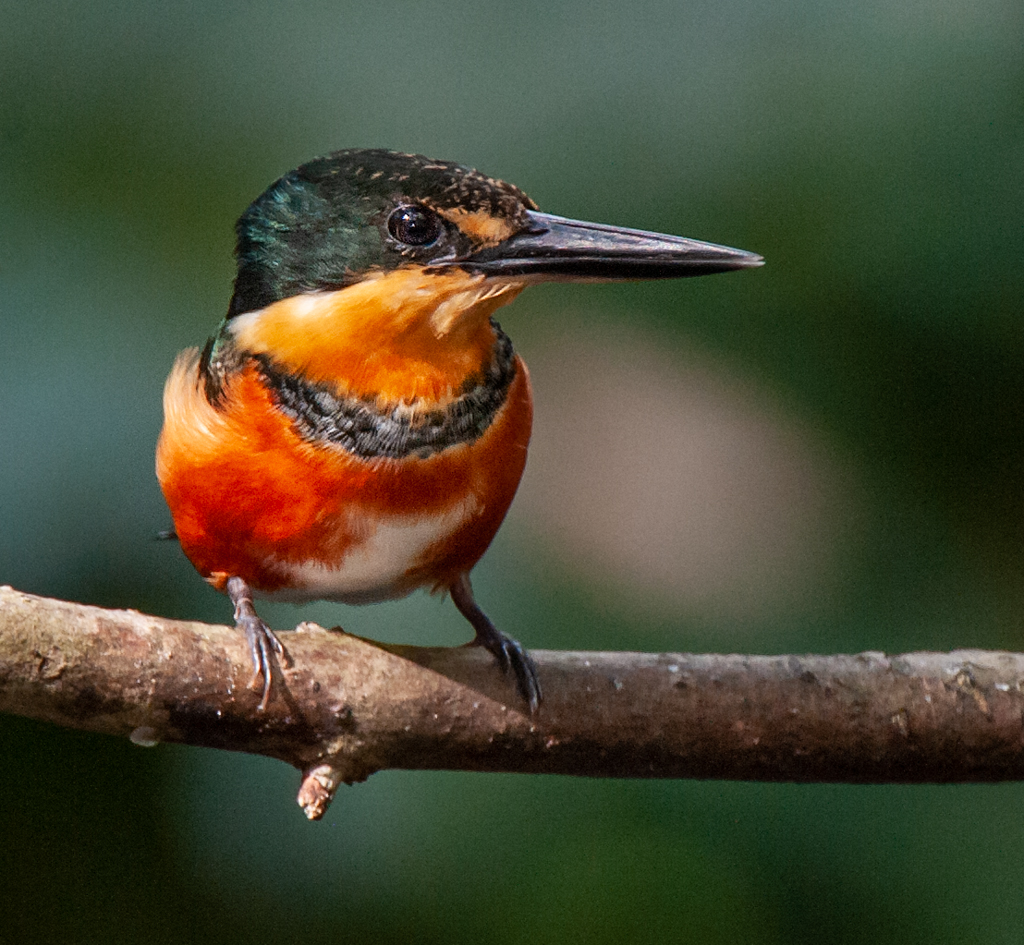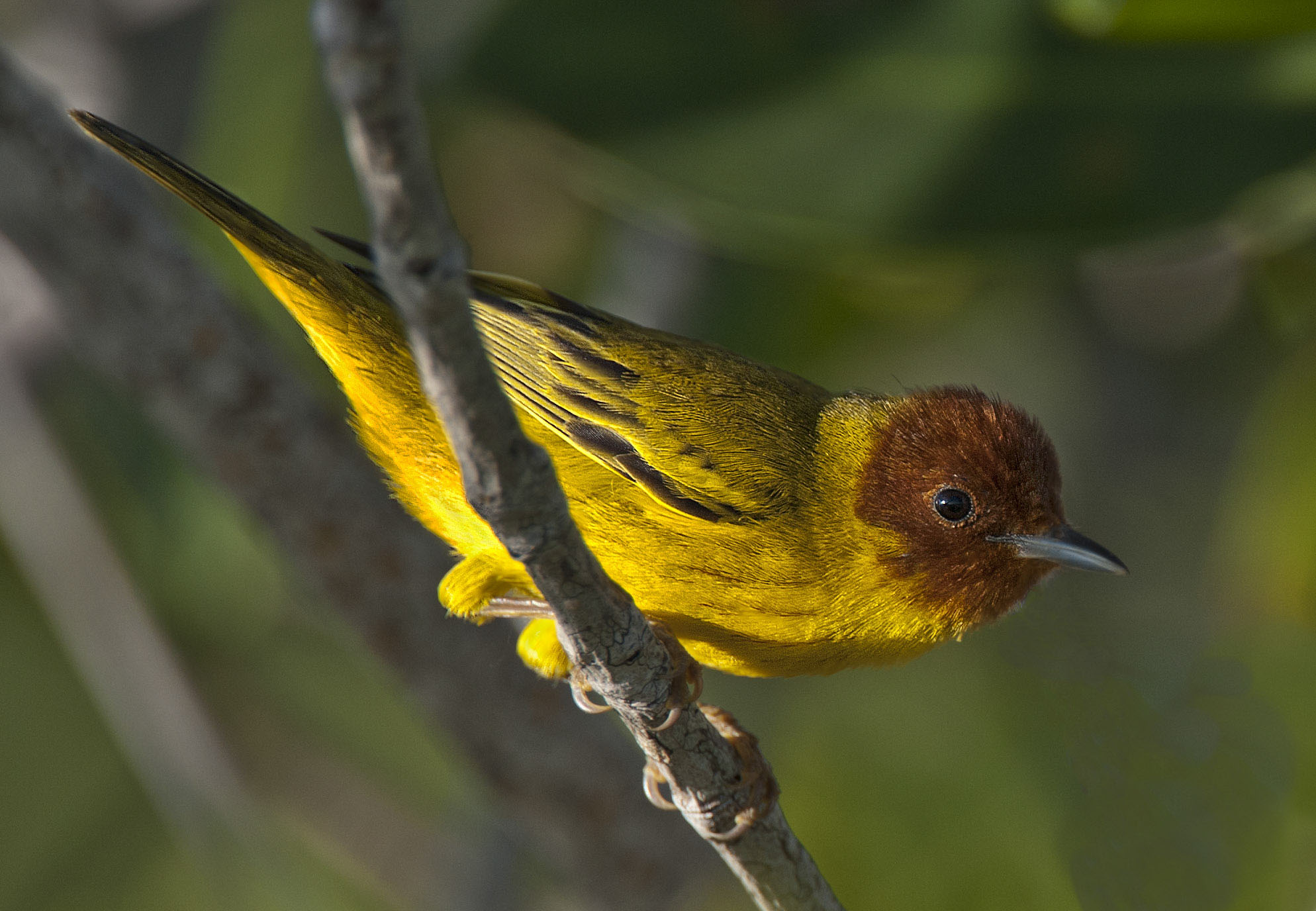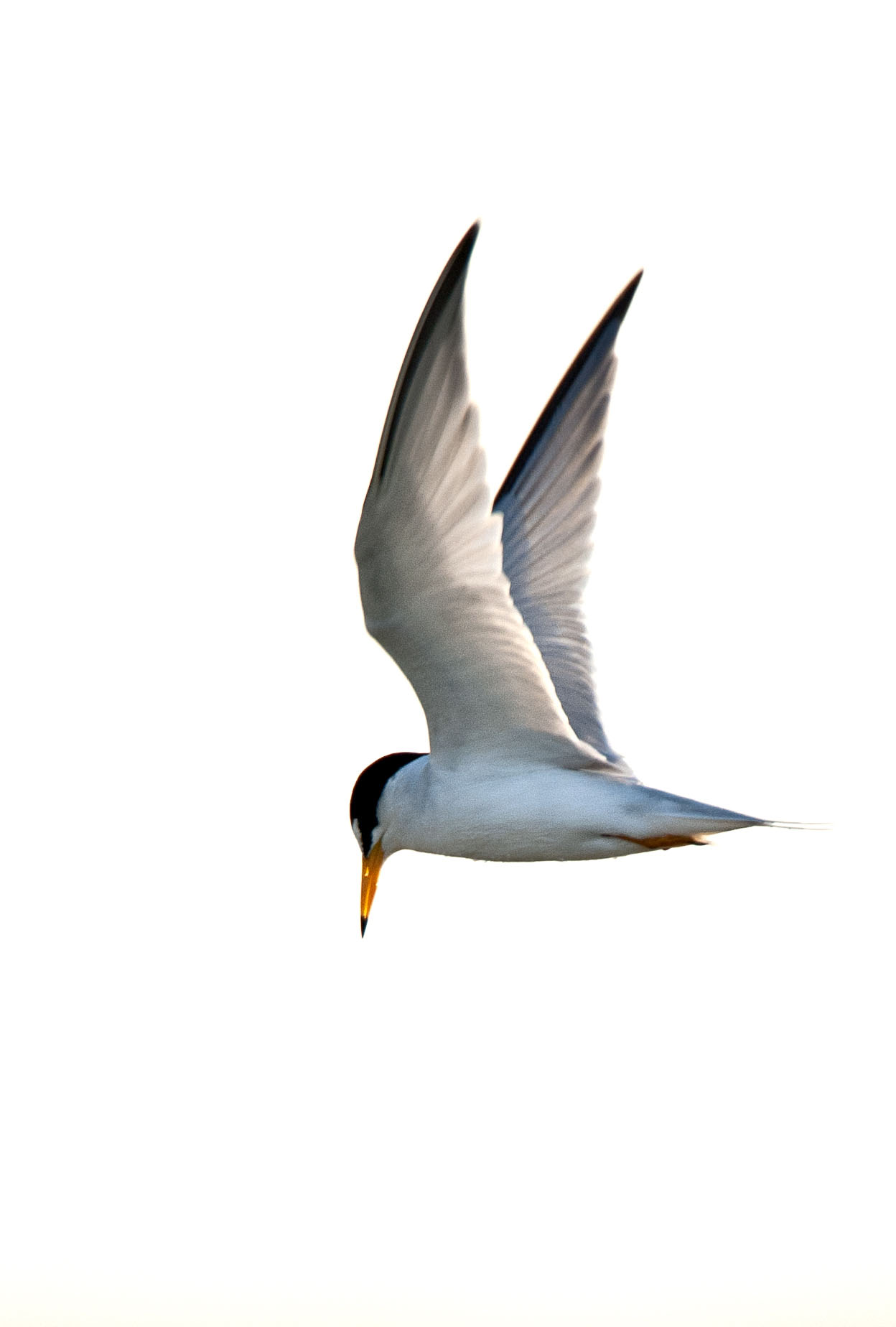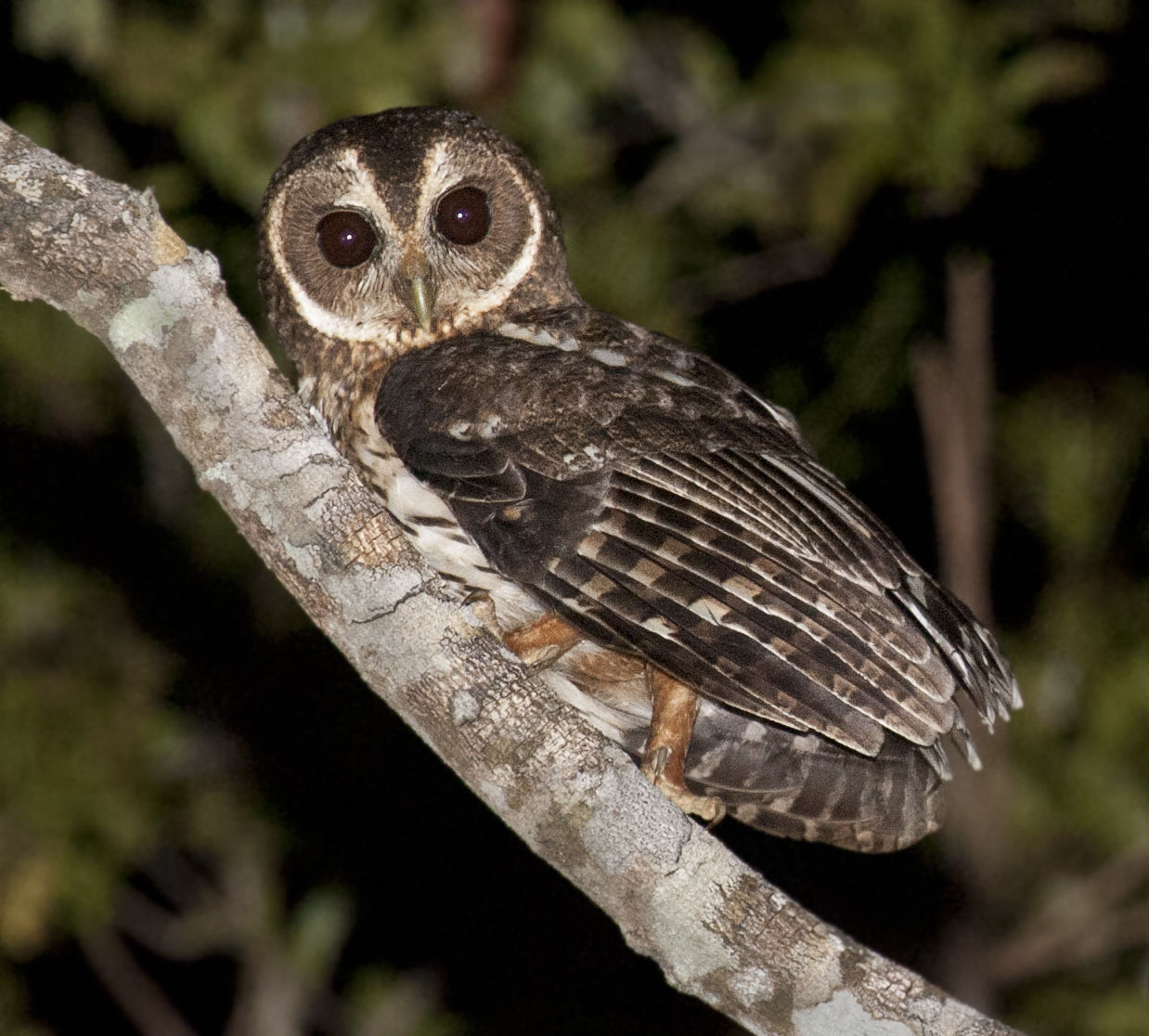Yucatan – Mexico
About
Yucatan is a southeastern state in Mexico, occupying part of the northern Yucatan Peninsula. It is known for its monumental ruins of Chichén Itzá and Uxmal. The state encompasses coastal wetlands, semiarid hills and plains, and limestone lowlands with cenotes. Unlike much of Mexico, Yucatan remains unobstructed by mountains. Its range of ecosystems results in an extraordinary variety of flora and fauna, with some species unique to the region. Plants fall into 4 main categories of aquatic, subaquatic vegetation, and humid and subhumid forest vegetation. Over 500 bird species inhabit the peninsula, which includes dozens of regional endemic species. Some of the top birding sites where numerous coastal species can be spotted include the Reserva de la Biosfera Ría Celestún and the Reserva de la Biosfera Ría Lagartos. They are well known for their large colonies of flamingos. Inland, the Puuc region, which contains low dry forests, has 2 species of motmots that nest in ruined temples. Some species that are being threatened include 4 species of turtles, the Manatee, Ocelot, the Harpy Eagle, the Red Flamingo, and the Jabiru Stork. These species are threatened due to pollution, poaching, illegal traffic of rare species, and the filling in of coastal areas for more resorts. It is all taking a toll on the wildlife in the Yucatan. Though environmental NGO’s such as the Nature Conservancy and its local partner, Pronatura, focus on the preservation of wildlife habitats. In November, NGO Pronatura, hosts Toh Festival, an annual birding event hosted in Merida that culminates in a birding marathon called Xoc Ch’ich. Owen traveled to Yucatan in 2011 and 2012 and photographed the Turquoise-browed Motmot, Cinnamon Hummingbird, Mexican Sheartail, American Flamingo, Yucatan Wren, Rose-throated Becard, Keel-billed Toucan, Yucatan Woodpecker, Black-headed Trogon, and many others.
Birds found here
-
American White Pelican
Order
pelecaniformesFamily
pelecanidaeGenus (Similar Species)
Scientific Name
Pelecanus erythrorhynchos
-
Conservation Status
Least Concern
State
Age
Adult
-
Visual Category
Swimmers -
Birding Sites and Lodges
Yucatan - Mexico -
Activity
preening
BIRD CALLS
American White Pelican -
-
American Pygmy Kingfisher
Order
coraciiformesFamily
alcedinidaeGenus (Similar Species)
Scientific Name
Chloroceryle aenea
-
Conservation Status
Least Concern
Gender
Female
Age
Adult
-
Visual Category
Passerine (Perching) Birds -
Birding Sites and Lodges
Yucatan - Mexico
BIRD CALLS
American Pygmy Kingfisher -
-
Mangrove Warbler
Order
passeriformesFamily
parulidaeGenus (Similar Species)
Scientific Name
Setophaga petechia
-
Conservation Status
Least Concern
Gender
Male
Age
Adult
-
Visual Category
Passerine (Perching) Birds -
Birding Sites and Lodges
Yucatan - Mexico
BIRD CALLS
Mangrove Warbler -
-
Least Tern
Order
charadriiformesFamily
laridaeGenus (Similar Species)
Scientific Name
Sternula antillarum
-
Conservation Status
Least Concern
Age
Adult
-
Visual Category
Aerialists -
Birding Sites and Lodges
Yucatan - Mexico -
Activity
flight
BIRD CALLS
Least Tern -
-
Mottled Owl
Order
strigiformesFamily
strigidaeGenus (Similar Species)
Scientific Name
Strix virgata
-
Conservation Status
Least Concern
Age
Adult
-
Visual Category
Birds of Prey -
Birding Sites and Lodges
Yucatan - Mexico
BIRD CALLS
Mottled Owl -



